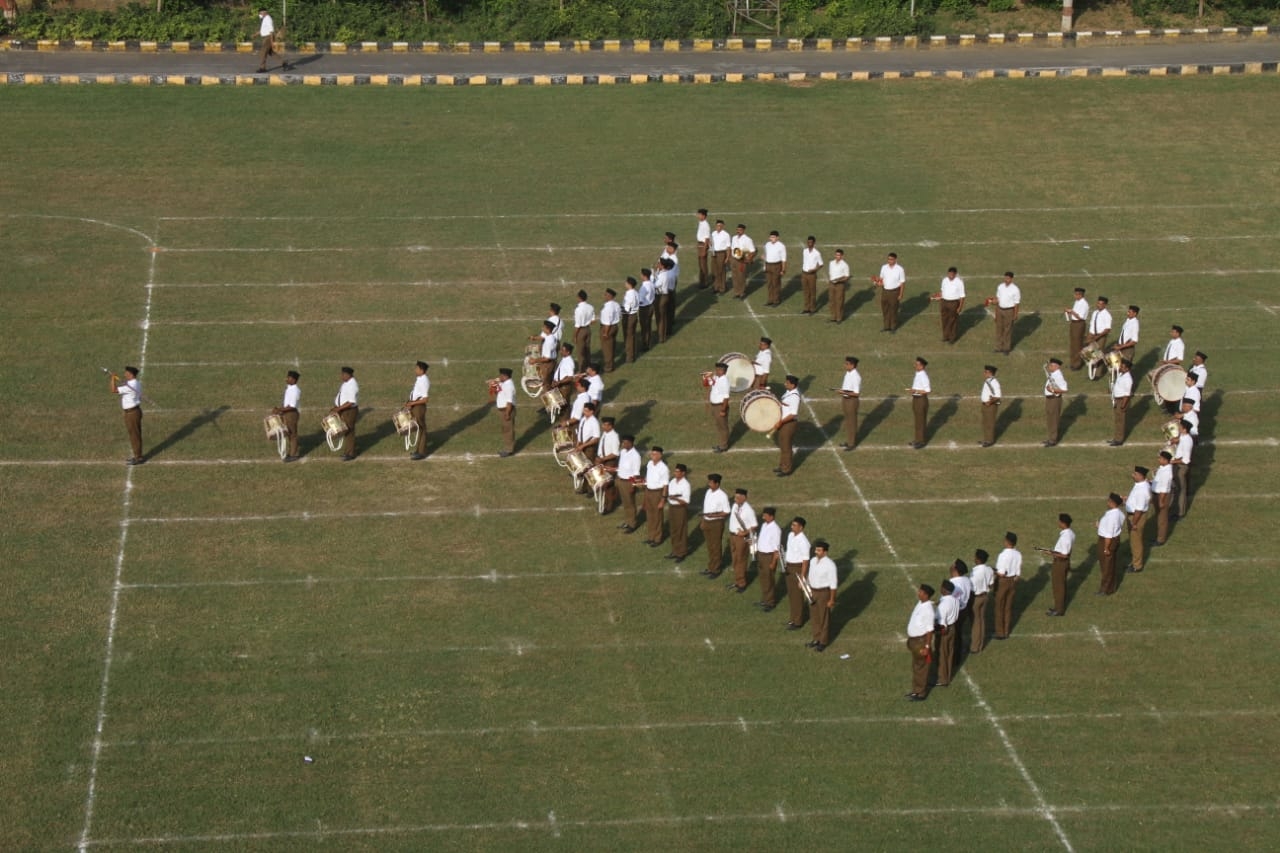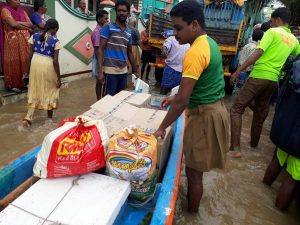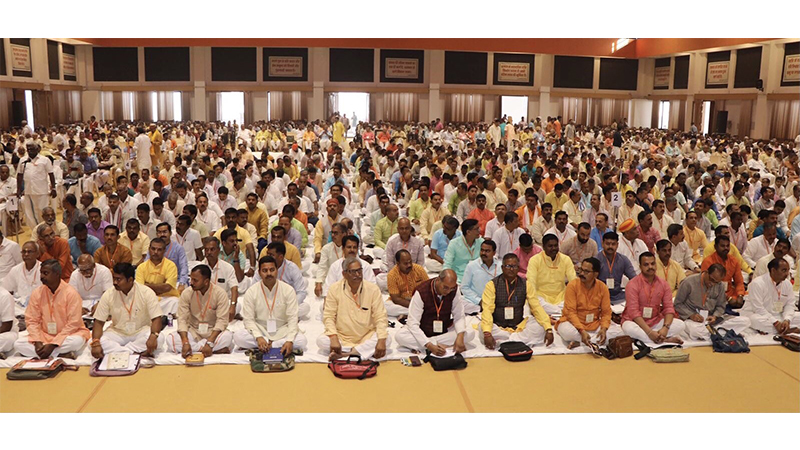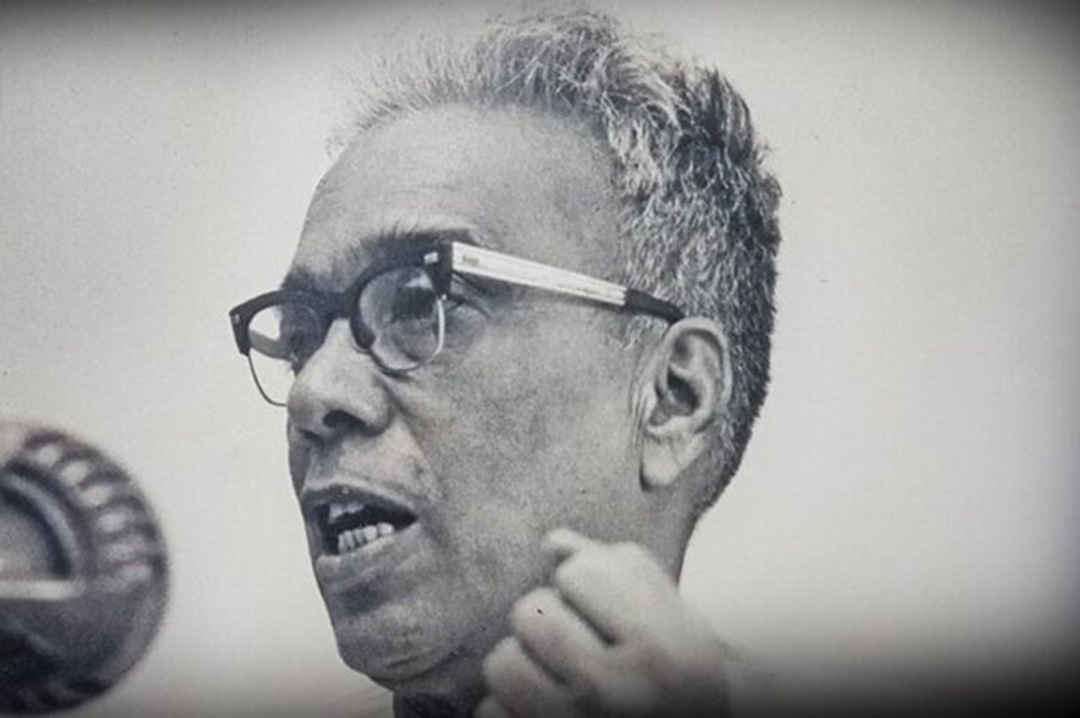How RSS got its name and started first ‘shakha’
Updated: February 22, 2024 12:29

The Rashtriya Swayamsevak Sangh (RSS) was founded on the festive day of ‘Vijyadashmi’, also known as ‘Dussehra’, in 1925. This festival marks the victory of good over evil. This is the day when Lord Rama, who represented the ‘Good’, killed Ravana, a symbol of ‘Evil’. Since then the Sarsanghchalak(Chief Mentor) of the RSS delivers an annual address on Vijaydashami. This speech is watched with keen interest as it spells out the RSS’ stand on contemporary issues and provides clarity about its ideological moorings while indicating its future course of action in the year ahead.
It is interesting to note that the RSS was founded with only a handful of people. Those who were present on the day it was established included Bhauji Kawre, Anna Sohni, Vishwanathrao Kelkar, Balaji Huddar and Bapurao Bhedi . These are the unsung heroes who played an important role in building the pan-India organisational network of the RSS.
Dr. Hedgewar announced to this gathering, “We are inaugurating the Sangh today.” He elicited the views of all of them regarding future activities of the Sangh. “All of us must train ourselves physically, intellectually and in every way so as to be capable of achieving our cherished goal,” he declared.
First daily RSS Shakha
Interestingly, initially there was no formal preparation for the RSS. The only agenda was to train the young men making them physically, mentally and intellectually strong to serve the country. The first daily ‘Shakha’ of RSS actually began from May 28, 1926, which had a regular schedule. The place where daily gathering of the initial volunteers/swayamsevaks of the RSS took place was Mohitewada Ground in Nagpur, which is today part of the sprawling RSS headquarters complex.
Prayer,Commands,Saffron Flag
Initially, some commands to swayamsevaks were given in Sanskrit. There were some commands given in English also but they were gradually replaced by the commands in Sanskrit or in local Indian languages over a period of time as the RSS grew. There was a conscious effort to repose and rekindle faith in Indian culture with Sanskrit as its integral part. Even today this tradition of giving key commands in Sanskrit continues at thousands of daily Shakhas. A Saffron Flag used to be hoisted, which is known as ‘Bhagwa Dhwaj’ in RSS terminology and the first Shakha used to begin with a salutation to the Saffron Flag. This tradition continues even today with the beginning and end of every daily Shakha happening with a salutation to a Saffron Flag which is designed in such a fashion that it appears to have two flames of fire. Initially, the first daily Shakha used to end after recitation of a concluding prayer which was a combination of Marathi and Hindi verses. Later on, it was replaced by a Sanskrit prayer. Both these prayers were focussed on promoting nationalistic fervour among the swayamsevaks. The initial prayer for the first Shakha could be translated as: “Salutations to the Motherland where I am born. Salutations to the Hindu Land where I have been brought up. Salutations to the Land of Dharma for which may my body fall. To Her, I salute again and again.” The current prayer in Sanskrit is also on similar lines.
How RSS got its name
It is interesting to note that the RSS got its present name almost six months after it was founded. On April 17, 1926, Dr. Hedgewar called a meeting at his house in which 26 swayamsevaks participated. A detailed discussion followed to decide the name of the organisation for which everyone contributed their ideas. None of them were aware that the name decided at the meeting would one day find huge resonance across the globe in the years to come. Several names were suggested and each of the names was discussed threadbare. Finally, three names were finalised after several rounds of elimination. They were: 1. Rashtriya Swayamsevak Sangh. 2. Jaripataka Mandal. 3. Bhedratoddharak Mandal. There were more deliberations on these three names and finally the name ‘Rashtriya Swayamsevak Sangh’ was chosen.
(The article was originally published in moneycontrol.com.
Link: https://www.moneycontrol.com/news/opinion/how-rss-got-its-name-and-started-its-first-shakha-12308231.html)












